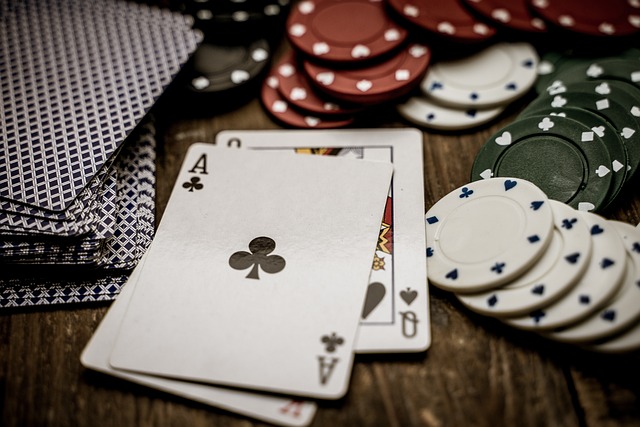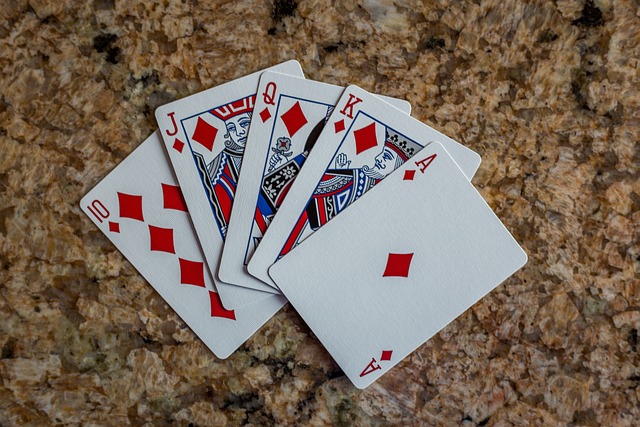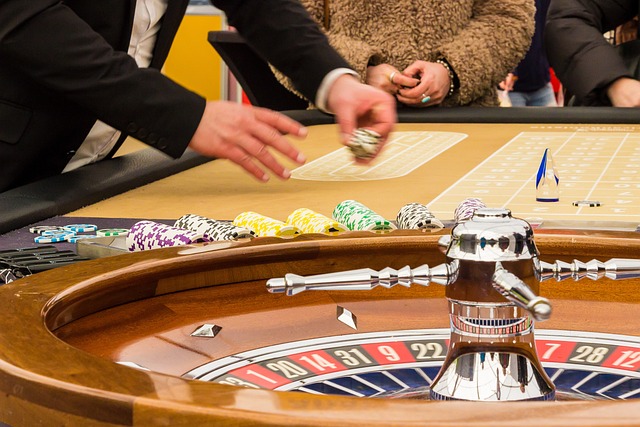Most of the poker players prefer to evolve at meals to the detriment of the game. Hold’em is a discipline that needs exercise, but it is more important to understand when applying the correct play.
For many such efficient study exercises, they are difficult to do, even if they offer you an important EDGE in the duels with opponents. We will stop today at three extremely useful techniques that you must integrate into your game. These are advanced poker tactics, which give you a lot of benefits in the long run.
Don’t play every color of color the same
Many are still in love with color drawings and give up with great weight, giving them a greater value than is the case.
A secret lies in the fact that not all draws should be played in the same way. Always consider some variations, because the situations are most often different.
Let’s relate to two examples to better understand how diverse things are. Suppose the button opens pre-flop, and we are in Big Blind and hold a cup-2 cup. We pay, and the flop is the next k cup – 7 cup – 3 drops. What should we do?
Given the fact that our hand has a certain value at the showdown, it is preferable to opt for the Check-Call in this situation.
In contrast, if the starting hand had been made up of some suited connectors (6 cup – 5 cup), things would be different, because our 6 high has no showdown value. As a result, it is preferable to try to win the dispute here; Our advice is to use an extremely powerful movement, check-raise. This semi-bluff will be perceived by the opponent as an aggressive move, made by someone who has masked his book.
Overbet on river when the texture suits you
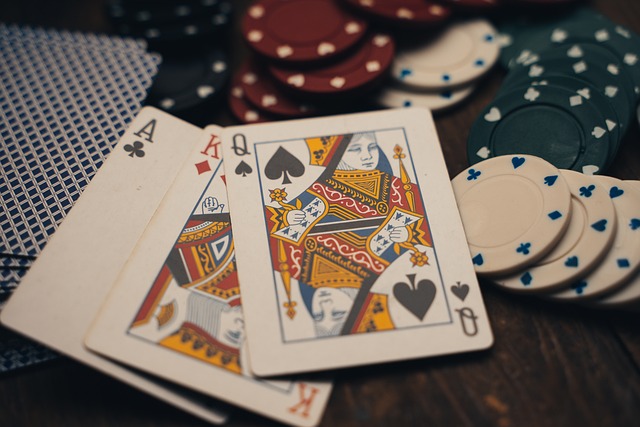
River overbbs are a complex, but extremely effective strategy, because it allows you to get maximum value when you have a very strong hand. In parallel, such a move often generates Fold-Equity in situations where your hand is not completed and you call for the bluff.
Overbets work best when the texture of the books on the board is very favorable to your range. And, obviously, it does not register in the natural logic of the opponent’s book range.
Let’s discuss a concrete example, to better understand the concept. Let us imagine that you open from the button with a rhombus – 9 trefle. The Big Blind defends, and the first three common books are q cup – j spike – 6 cup. Check-check is going, and on a 10-tower, the opponent in Big decides to attack. Let us imagine that you pay it, and the river is a neutral book: 5 rhombus. The opponent makes a new raise, and you now have an important decision to make, given that you only have high.
This river is a perfect place for a bluff disguised in the overbet. Because you clearly tell the other that you have a book like A-K. In all situations, you would have played with such a hand. Instead, your opponent cannot claim the same thing: with a book that offered Nuts on the tower, he would certainly have opted for a three bet before the flop. He had no position and would certainly be much more aggressive with a premium book.
Obviously, you would have opted for an overbet if you really had A-K. Thus, to the extent that you have this hand and the opponent pays you, you will get a huge profit. But in most cases, bluffling and representing a book you do not have, you will be successful, causing the other to fold. In conclusion, many are limited to a battle of the ranges: what you could have and to join the natural logic of the previous actions vs what range of books could have the other and justify the decisions taken.
Reduce the value of C-BET in pots with several players
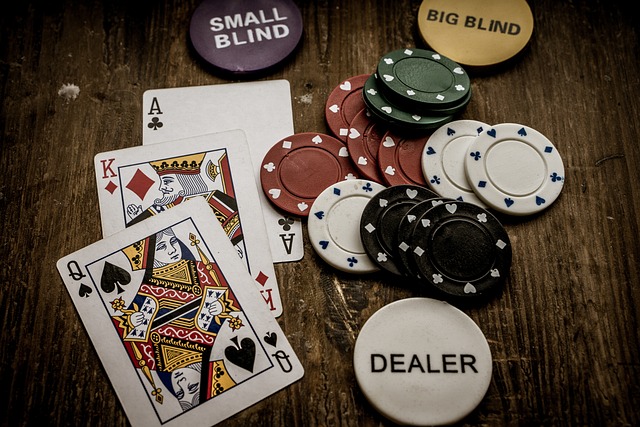
In the “multi way” pots, in which there are several players, most mistakes in No Limit Hold’em are committed.
The most common error, made even by many professionals, is to resort to a big Bet continuation against two or more players. There are two notable advantages to use a C-BET with a small value:
- You can cause others to fold, at a low price;
- You can get value from opponents who, if they are obliged to pay too much, would fold.
Let’s take an example: Suppose you lift pre -flop, from cutoff, with a cup. Two opponents (Button and Big Blind) pay you. The flop comes 10 cloves – 9 clover – 8 trefle, and the action reaches you, after the first opponent beats (check).
A big bet here is extremely dangerous, considering that in the opponents’ range there are a lot of hands to break your axes. But the check variant is not ideal, because it gives others the opportunity to see a free book, one that can change the forces ratio. There are a lot of cards scare there for you, so you are obliged to bet.
But the raise you have to do will not be a big one. Even if you bet a little, you will force your hands like K -q Suited or 6 Tree – 6 rhombus to fold. In addition, it will be easier for you to extract value on the following streets like K-10, assuming there is no cards.
Instead, if you went on a very big c-good, you would have exposed themselves enormously; Specifically, you would have achieved the same effect from opponents when they are not linked something strong (fold), but you would have been in “No Man’s Land” when the opponents hit something very good.
